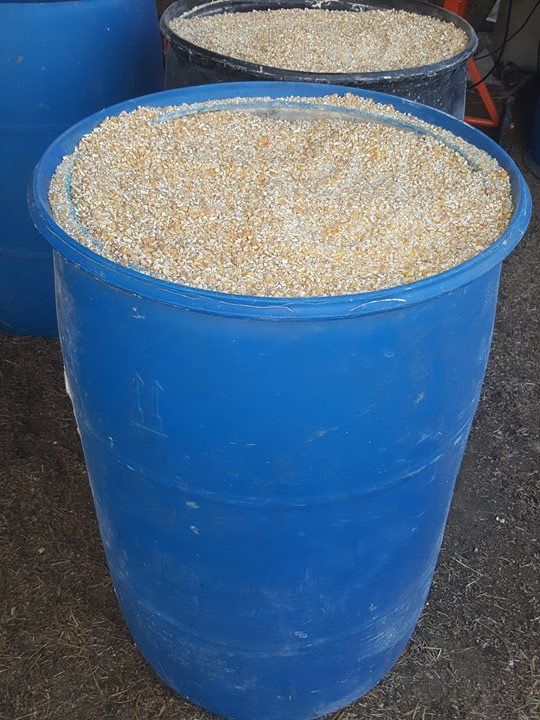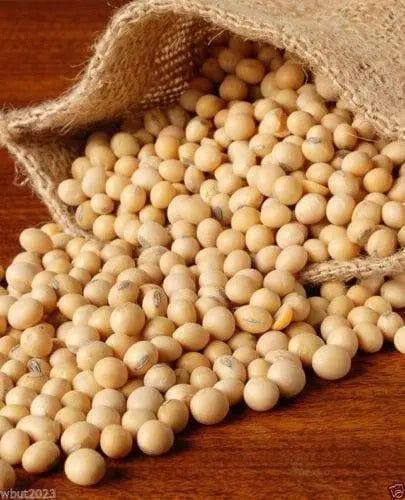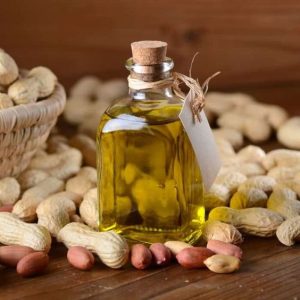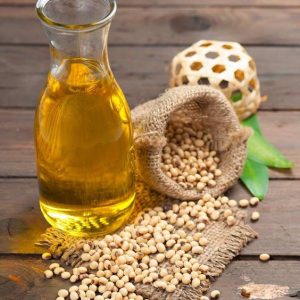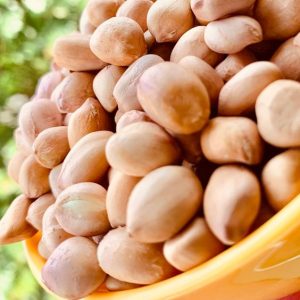Soybeans
Description
Soybeans Specifications:
1. Physical Characteristics:
- Appearance: Small, round seeds; typically yellow, but can also be green, black, or brown depending on the variety.
- Moisture Content:
- Maximum: ≤ 13%.
- Lower moisture content is critical for storage and to prevent spoilage.
2. Nutritional Composition (per 100g):
- Energy: Approximately 446 kcal.
- Protein: 36% to 40%.
- Total Fat: 20% (primarily unsaturated fats).
- Carbohydrates: 30% (including dietary fiber).
- Dietary Fiber: 9%.
3. Chemical Composition:
- Crude Protein:
- Range: 36% to 40%.
- High protein content makes soybeans a valuable ingredient in animal feed and plant-based protein products.
- Crude Fat:
- Range: 18% to 22%.
- High-fat content contributes to energy and is used for oil extraction.
- Crude Fiber:
- Range: 5% to 7%.
- Important for digestive health in animals.
4. Amino Acid Profile:
- Essential Amino Acids: Contains all essential amino acids, making it a complete protein source.
- Notable Amino Acids:
- Lysine: Important for human nutrition.
- Methionine: Limited in soybeans compared to animal proteins.
5. Fatty Acid Composition:
- Saturated Fat: Approximately 15%.
- Monounsaturated Fat: Approximately 25% (primarily oleic acid).
- Polyunsaturated Fat: Approximately 60% (includes omega-3 and omega-6 fatty acids).
6. Mineral Content:
- Calcium: Approximately 277 mg.
- Iron: Approximately 15.7 mg.
- Magnesium: Approximately 280 mg.
- Phosphorus: Approximately 280 mg.
- Potassium: Approximately 280 mg.
7. Packaging:
- Type: Typically packaged in 25 kg or 50 kg bags for retail and bulk containers for industrial use.
- Material: Use of moisture-resistant, food-grade materials to protect against spoilage.
8. Storage Conditions:
- Temperature: Store in a cool, dry place, ideally below 25°C.
- Humidity: Keep humidity levels low to prevent mold and spoilage.
9. Applications:
- Food Products: Used in tofu, soy milk, tempeh, and other meat alternatives.
- Animal Feed: High protein content makes it ideal for livestock feed formulations.
- Oil Extraction: Used to produce soybean oil, a common cooking oil.
- Industrial Uses: Soybeans are also used in biodiesel production and various industrial products.
10. Quality Grades:
- US No. 1: Whole, plump, and sound soybeans.
- US No. 2: Slightly damaged or smaller beans.
- US No. 3: More significant defects and lower quality.
11. Regulatory Compliance:
- Food Safety Standards: Must comply with local and international regulations concerning food safety and quality.
- Labeling Requirements: Adhere to legal requirements for labeling, particularly for genetically modified (GM) soybeans.
12. Pesticide Residues:
- Compliance with maximum residue limits (MRLs) for pesticides as per regulatory standards.
Soybeans are a highly nutritious and versatile crop with a wide range of applications in food, feed, and industrial products. Proper handling, storage, and adherence to specifications are essential for maintaining the quality and safety of soybeans throughout their lifecycle. Their high protein content and complete amino acid profile make them particularly valuable for both human and animal nutrition.

